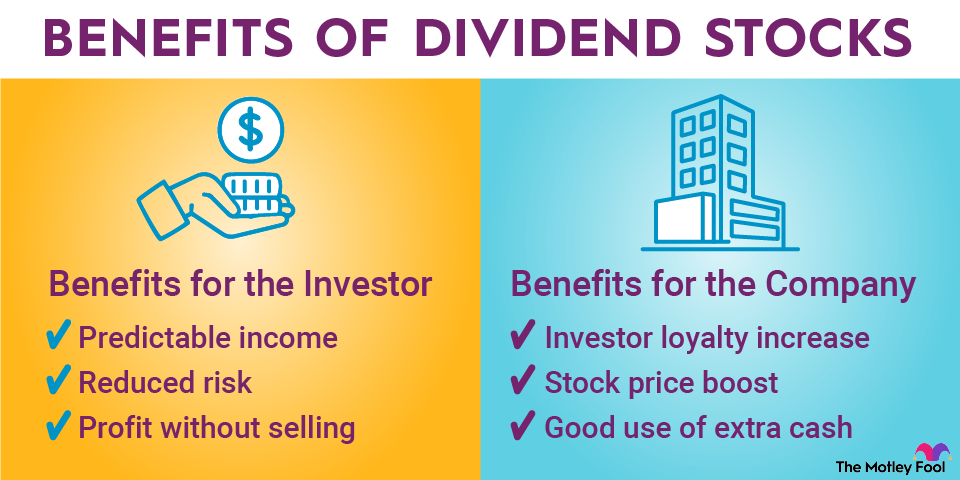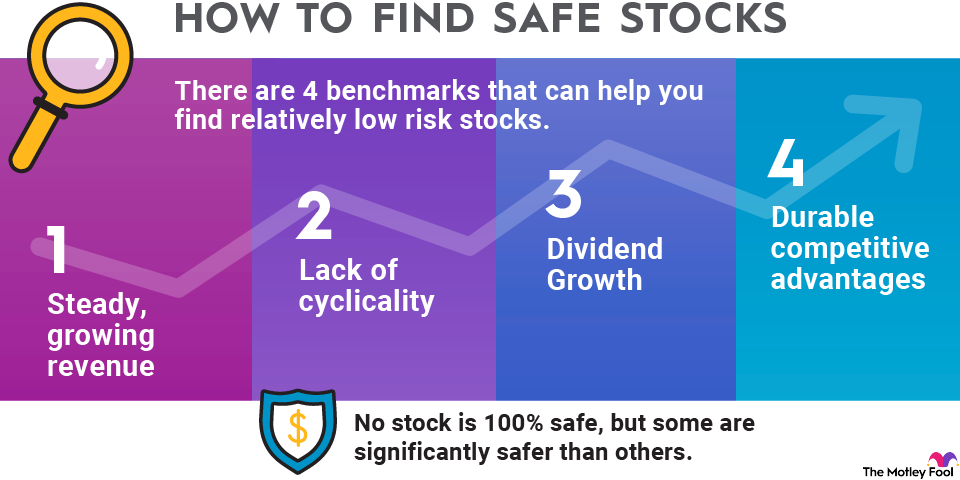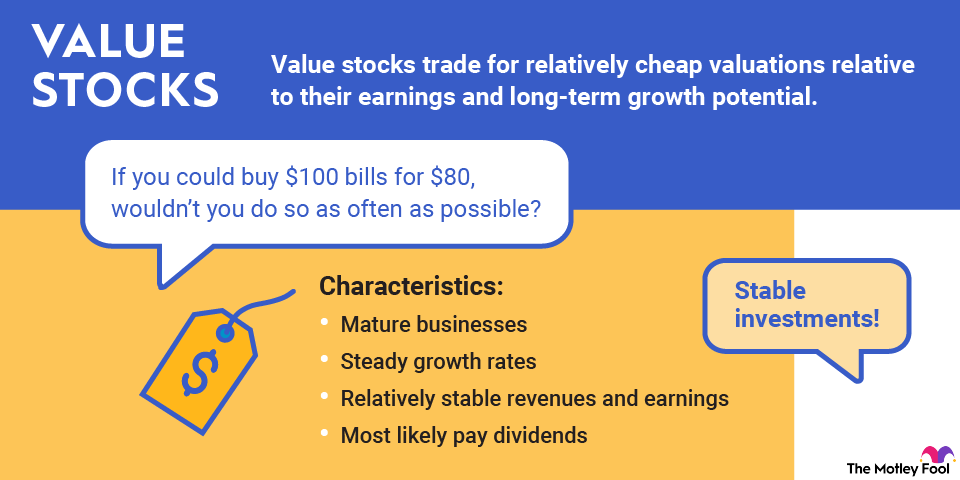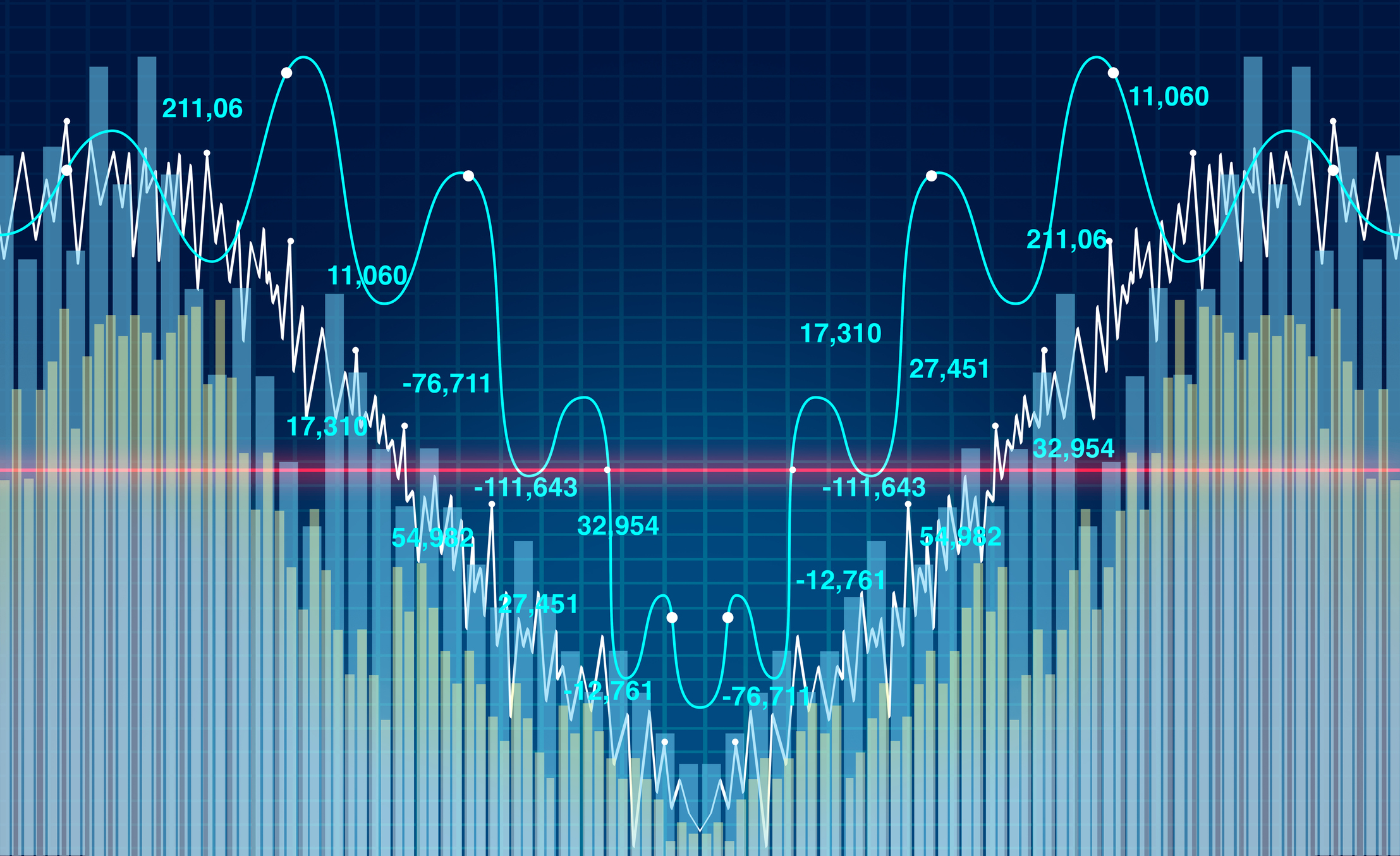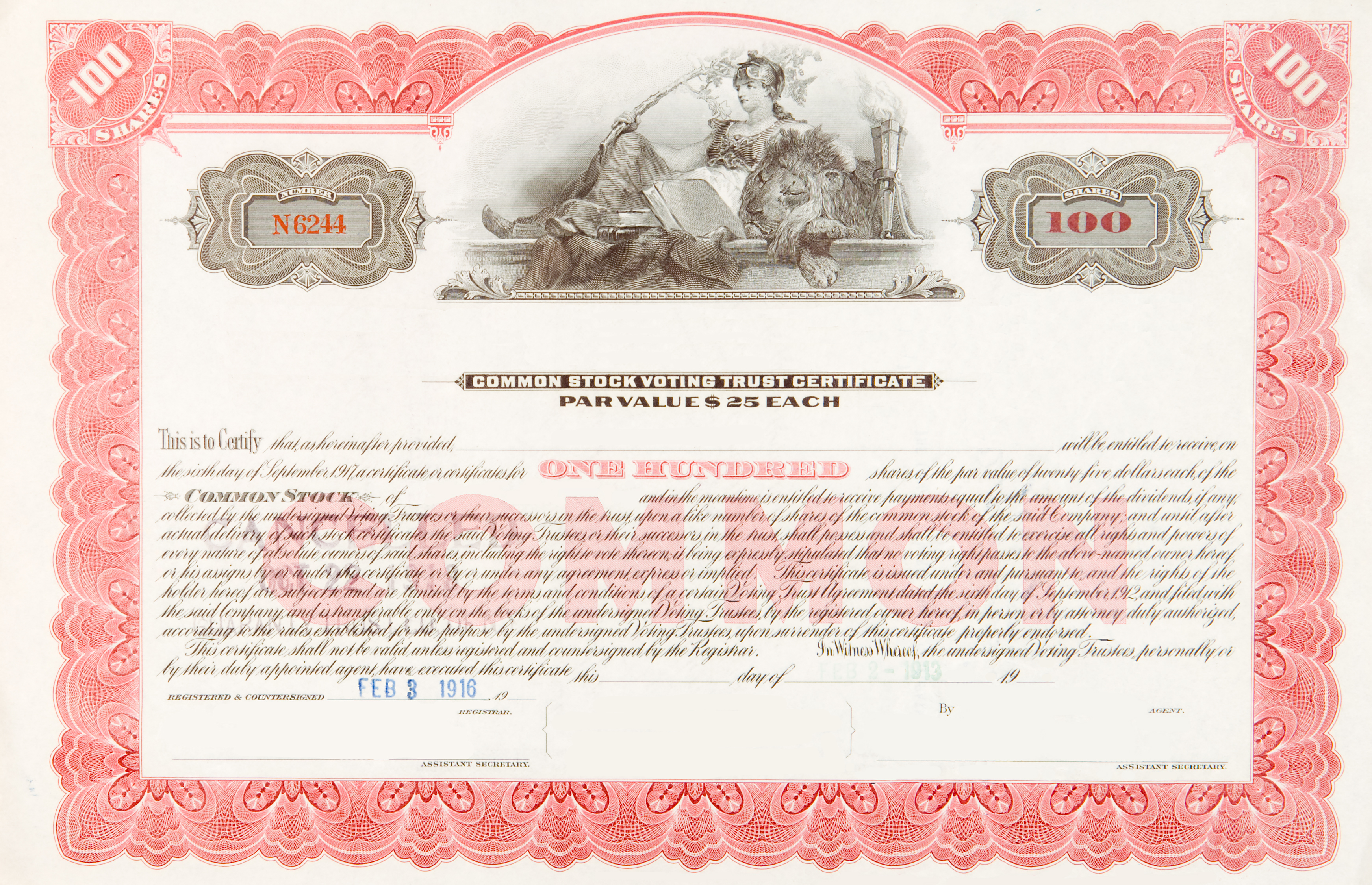While many investors get excited about owning shares in small, fast-growing companies, others prefer the stocks of established household names that provide a sense of stability and security. However, even the most successful investors tend to overlook a significant portion of the stock market: mid-cap stocks.

Like Goldilocks' chair, medium-cap stocks are the not-too-big, not-too-small companies that are "just right" for investors who want a combination of growth and profitability. If your portfolio already holds a lot of small-cap or large-cap companies (or both), adding some mid-cap stocks can help you diversify your portfolio.
Here's a closer look at mid-cap stocks, including how to choose the best ones and how to decide if mid-cap stocks are right for you.
What are mid-cap stocks?
Mid-cap stocks are stocks of companies with medium-sized market capitalizations or valuations. They're so named because they fall between small-cap and large-cap stocks.
A stock is classified as mid-cap when the total value of all of the company's shares outstanding falls between $2 billion and $10 billion. Here's how stocks are generally classified by market capitalization:
Category | Market Capitalization |
|---|---|
Micro-cap companies | Less than $300 million |
Small-cap companies | $300 million to $2 billion |
Mid-cap companies | $2 billion to $10 billion |
Large-cap companies | $10 billion to $200 billion |
Mega-cap companies | More than $200 billion |
Mid-cap companies include fast-growing, young companies that have outgrown their small-cap origins, as well as mature companies operating in stable and profitable corners of the market. The COVID-19 pandemic made technology more important than ever and helped make some previously small businesses into much larger ones.
While small-cap stocks are often fast-growing but volatile, and large-cap stocks tend to be relatively slow-growing but stable, the best mid-cap stocks are often somewhere in between. Mid-cap companies are both less volatile than fast-growing small-caps and have more growth potential than mammoth large-cap companies.
Three great mid-cap stocks and funds to buy
Don't be surprised if you don't immediately know the name of every mid-cap stock that we highlight below. Some mid-cap companies are household names, but many aren't, especially those that operate in specialized industries.
Here are three interesting mid-cap stocks:
1. Ambarella

NASDAQ: AMBA
Key Data Points
Ambarella (AMBA -0.32%) is a relatively small company in a market segment -- semiconductors, or computer chips -- that is dominated by giants. Ambarella isn't a chipmaker itself; rather, it designs components that then get manufactured by its chip fabrication partners.
Specifically, Ambarella focuses on computer vision (CV) semiconductors, which use artificial intelligence (AI) to help a computer system "see," or recognize what's in a field of vision, and make decisions based on that information. Applications include security cameras and autonomous vehicles, with the latter expected to be a huge growth market in the next couple of decades.
In the "past performance is no guarantee of future results" category, Ambarella stock leapt 52% between June and September 2025 -- three times faster than AI giant Nvidia (NVDA -0.32%). Revenue also soared 50% year over year in the fiscal quarter ending July 31, climbing to $95.5 million.
2. Clover Health Investments
3. Iridium Communications

NASDAQ: IRDM
Key Data Points
Originally designed as a global telecommunications network, Iridium Communications (IRDM -1.08%) was launched in 1998 -- and went bankrupt by 1999. It's more than rebounded since then, though.
The company's fortunes are tied to SpaceX, which it used to launch 75 next-generation satellites into low Earth orbit between 2017 and 2019, even as it is a quasi-competitor of Starlink -- which is more focused on the U.S. internet market than Iridium's global telecom focus.
However, share prices fell in October 2025 on news of Amazon's (AMZN +0.10%) expansion of Project Kuiper, its satellite broadband service. The company also lowered its revenue guidance for fiscal 2025 and posted disappointing results for its second quarter.
Mid-cap ETFs
Not sure which individual mid-cap stock or stocks to pick? A mid-cap-focused exchange-traded fund (ETF) can help diversify your portfolio by providing exposure to a wide range of mid-cap stocks. Two of our picks for mid-cap-focused ETFs are:
1. Vanguard Mid-Cap ETF

NYSEMKT: VO
Key Data Points
The Vanguard Mid-Cap ETF (VO +0.26%) tracks the performance of the CRSP US Mid Cap Index. This fund holds both growth- and value-oriented companies and contains almost 300 stocks. It pays a small dividend and is affordable, with an expense ratio -- the fund's annual management fee -- of just 0.04%.
2. iShares S&P Mid-Cap 400 Growth ETF
How to evaluate top mid-cap stocks
Since mid-cap stocks are often former small-cap stocks, the process of finding the best ones is similar to searching for great small-cap companies. Generally, you are looking for companies with visionary leaders operating in growing industries, a business model with competitive advantages, and a track record of rewarding investors.
Most importantly, you should see a history of sales and profit growth. If a company is lacking either, make sure you understand why. Below is guidance for evaluating both sales growth and profit growth:
- Sales growth: For mid-cap companies with growth potential, sales should be consistently increasing over time. That growth shows that the company's business is a good one with the potential to sustain itself. Another good sign is when a company's sales are growing faster than those of larger companies. If sales aren't growing, take that as a warning sign. It's essential to discover a good reason for this before you invest.
- Profit growth: A stock's price tends to correlate with the company's profits. If a company's earnings are growing, then its stock price typically rises. Of course, fast-growing companies aren't always profitable, and, in those cases, losses should be consistently shrinking as sales grow. If losses are increasing even while sales are rising, then it's important to understand the reasons why. For example, if a business is aggressively investing to expand into a new area, then shrinking profitability might be acceptable for a time.
Related investing topics
Benefits and risks of mid-cap stocks
If mid-cap stocks don't have many or all of the potential benefits of a small- (or large-) cap stock, investors can take comfort in knowing they also don't have many or all of the potential risks. Among the unique benefits:
- Growth potential. Although mid-caps are past the start-up stage where values can make spectacular leaps, they still have plenty of room for enormous growth.
- Performance. Mid-caps generally outperform smaller and larger stocks over long periods.
- Takeover targets. Because of their size, mid-caps are still potential mergers and acquisitions (M&A) targets, which can cause stock prices to leap.
Keep in mind, however, that mid-caps also carry some unique risks:
- Price fluctuations. More stable than small-caps, mid-caps still can be subject to occasional price volatility.
- Analyst coverage. Mid-caps seldom receive the kind of analyst attention paid to large-caps, so investors often have to do their own research.
- Financial resources. Again, mid-caps have more resources than most start-ups or small-caps, but that doesn't mean they're bulletproof during economic downturns.
How to invest in mid-cap stocks
1. Open your brokerage app: Log in to your brokerage account where you handle your investments.
2. Search for the stock: Enter the ticker or company name into the search bar to bring up the stock's trading page.
3. Decide how many shares to buy: Consider your investment goals and how much of your portfolio you want to allocate to this stock.
4. Select order type: Choose between a market order to buy at the current price or a limit order to specify the maximum price you're willing to pay.
5. Submit your order: Confirm the details and submit your buy order.
6. Review your purchase: Check your portfolio to ensure your order was filled as expected and adjust your investment strategy accordingly.










